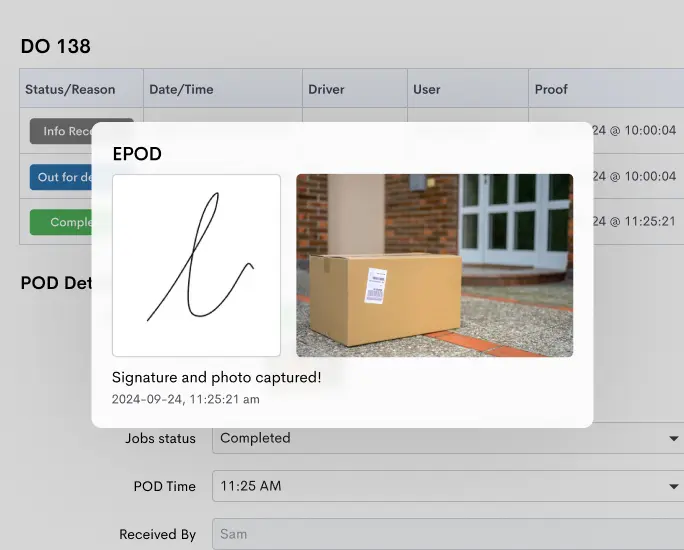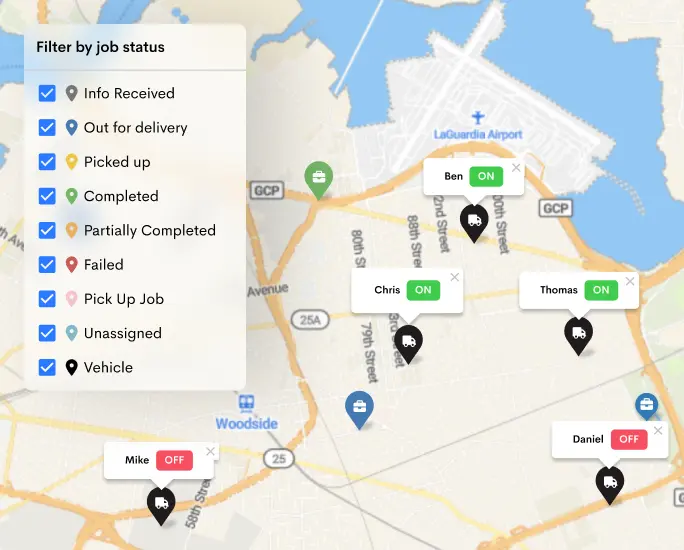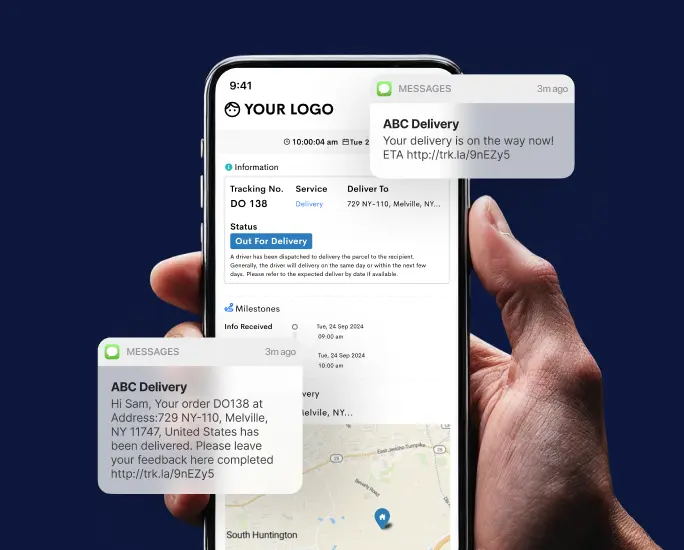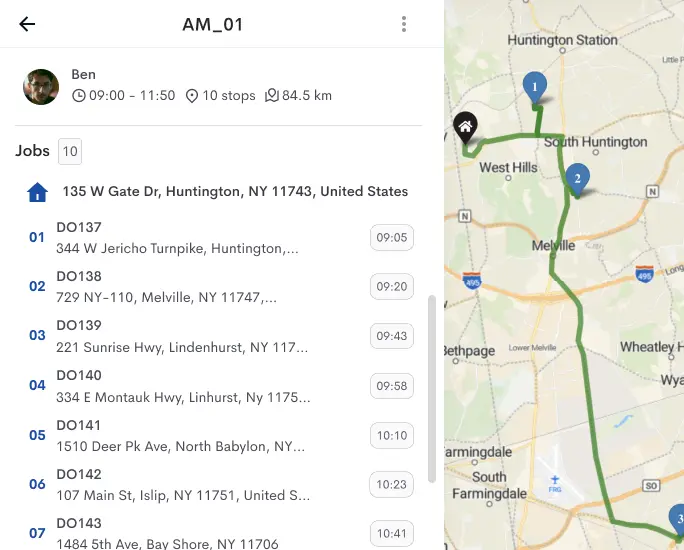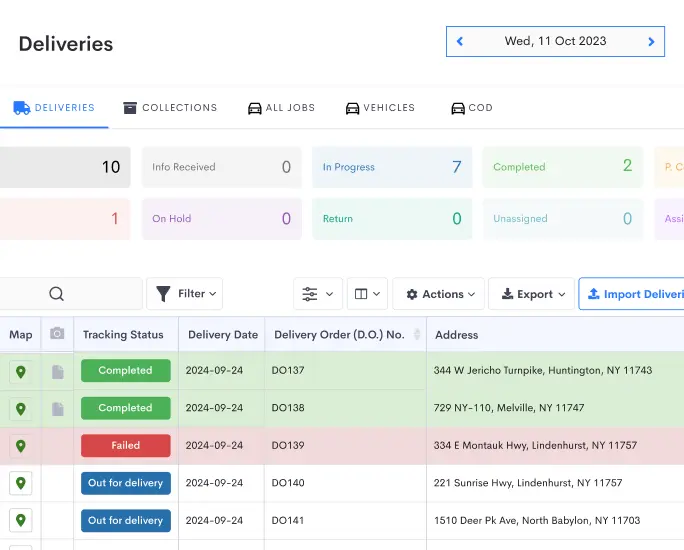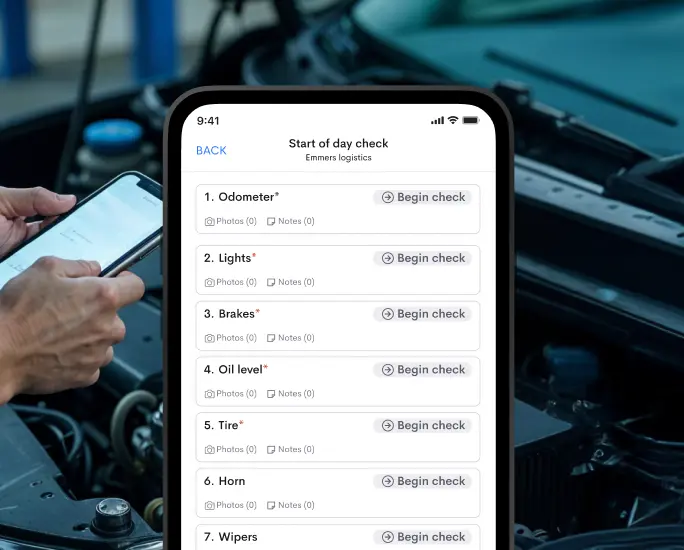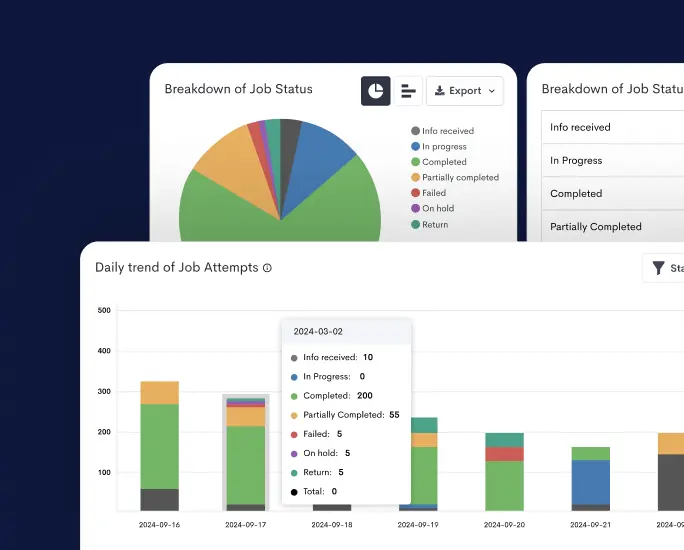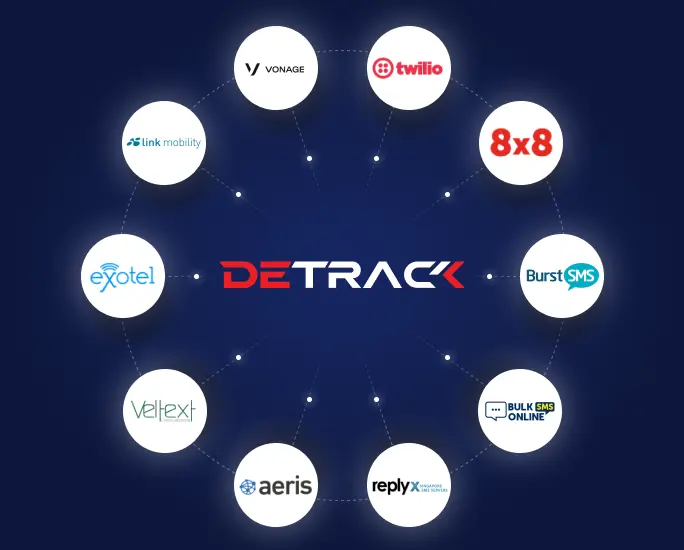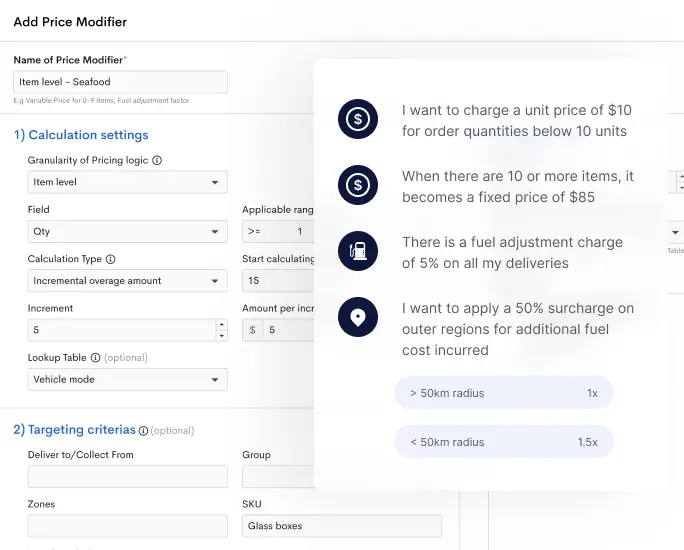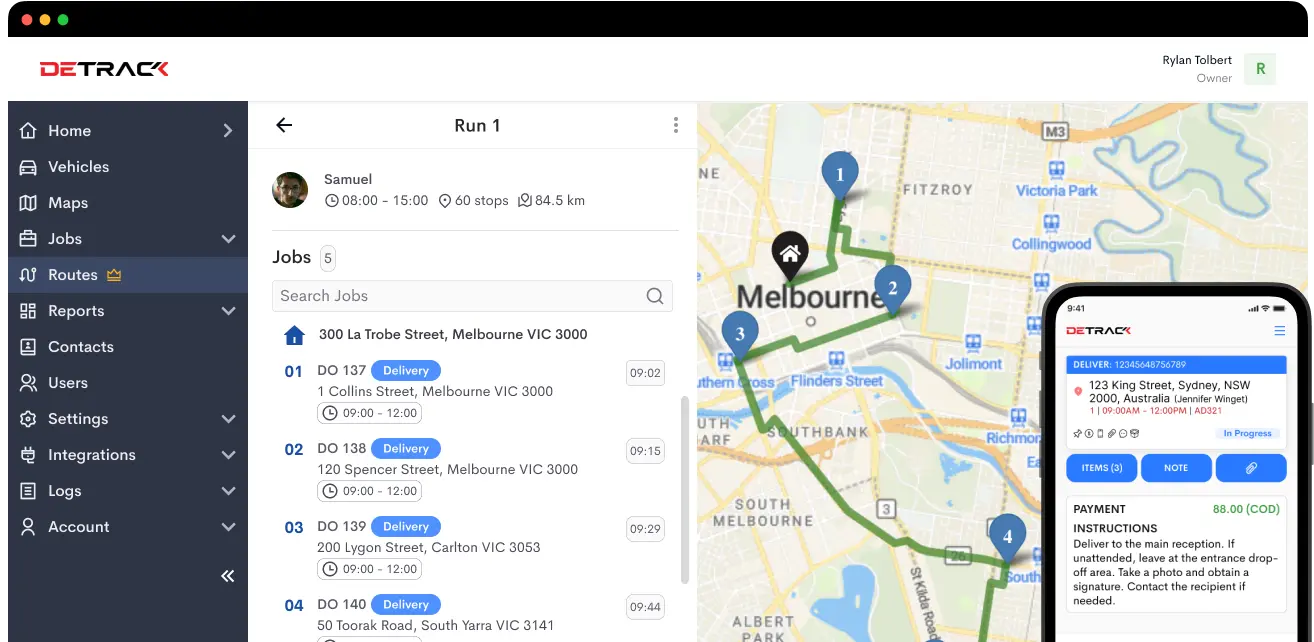The last mile is often the journey’s most challenging and expensive part. As consumer demand for speed and convenience skyrockets, the pressure on businesses to optimize their last mile delivery operations has never been higher. But what about this “last mile” makes it so difficult to crack? And more importantly, how can companies overcome these challenges to deliver faster, cheaper, and better service?
This article examines the key factors shaping last-mile delivery, the difficulties that plague the process, and the innovative strategies businesses are adopting to master the final leg of their supply chains.
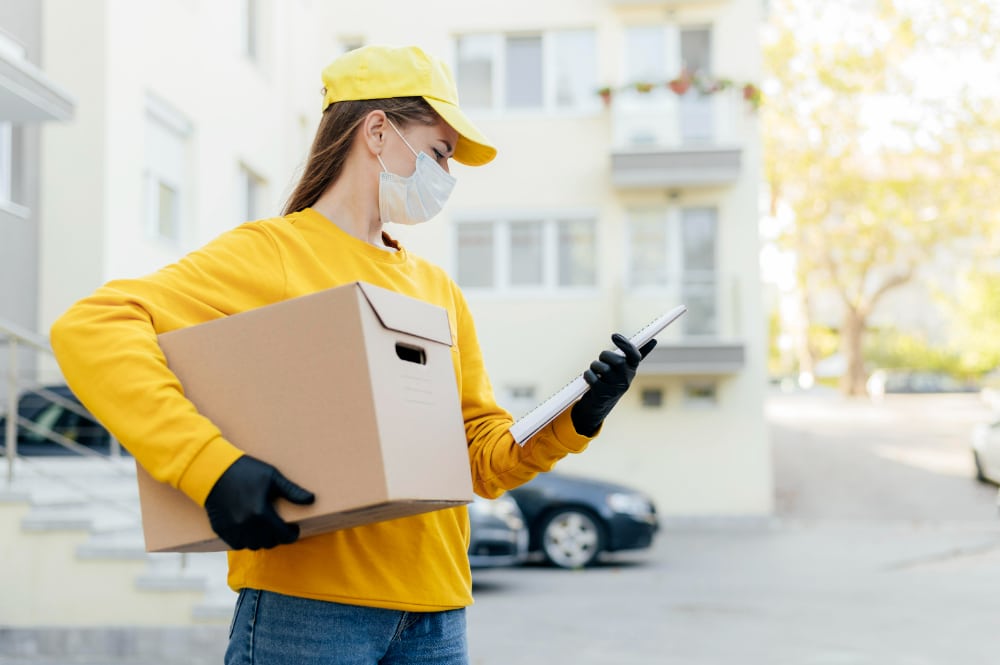
The Last Mile Puzzle: What Makes It So Complex?
The last mile refers to the final stage in the delivery process, where a product moves from a local distribution hub to its final destination—usually the customer’s doorstep. While the distance covered in this stage is short, the complexity is immense. Why?
- Multiple Drop-Off Points
Unlike long-haul transportation, which delivers bulk goods to a single destination, last-mile delivery involves numerous drop-offs in different locations. To complete deliveries, drivers must navigate residential neighborhoods, urban traffic, and narrow streets. - Customization and Flexibility
Customers expect more control over when and how their packages are delivered. From same-day delivery requests to specific time windows and contactless drop-offs, companies must offer flexibility while managing the costs of meeting these expectations. - Unpredictability
Unpredictable factors like traffic congestion, weather conditions, and failed delivery attempts when recipients aren’t home often affect last-mile deliveries. This makes it difficult to maintain efficiency and keep costs low.
In fact, according to stastics, last-mile deliveries can account for 41-53% of overall shipping costs. This stage’s unpredictability and fragmentation make it so expensive.
Why Does Last Mile Delivery Matter More Than Ever?
The rise of e-commerce has catapulted last mile delivery into the spotlight. Consumers expect fast, reliable, and even same-day deliveries, and businesses that fail to meet these demands risk losing customer loyalty.
A survey found that 70% of consumers consider the delivery experience to be a crucial part of their overall shopping experience. In other words, a poor delivery experience could tarnish the brand no matter how great the product is. And with increasing competition, particularly from giants like Amazon, businesses need to find ways to streamline their last mile operations while keeping costs in check.
The Key Challenges in Last Mile Delivery
The last mile is a complex maze of operational challenges. Let’s take a closer look at some of the most pressing ones:
1. Cost Control
As mentioned earlier, the last mile is the most expensive part of the logistics chain. With fuel, labor, and vehicle maintenance costs all rising, businesses must find ways to reduce expenses while maintaining service quality.
2. Urbanization and Traffic
Urban areas are densely populated, and navigating city streets can be time-consuming and inefficient. Deliveries in congested areas require careful planning to avoid delays and missed time windows.
3. Rural Deliveries
On the flip side, delivering to remote or rural areas presents its own set of challenges. Fewer delivery points spread out over long distances can result in higher fuel consumption and longer delivery times, increasing the cost per package.
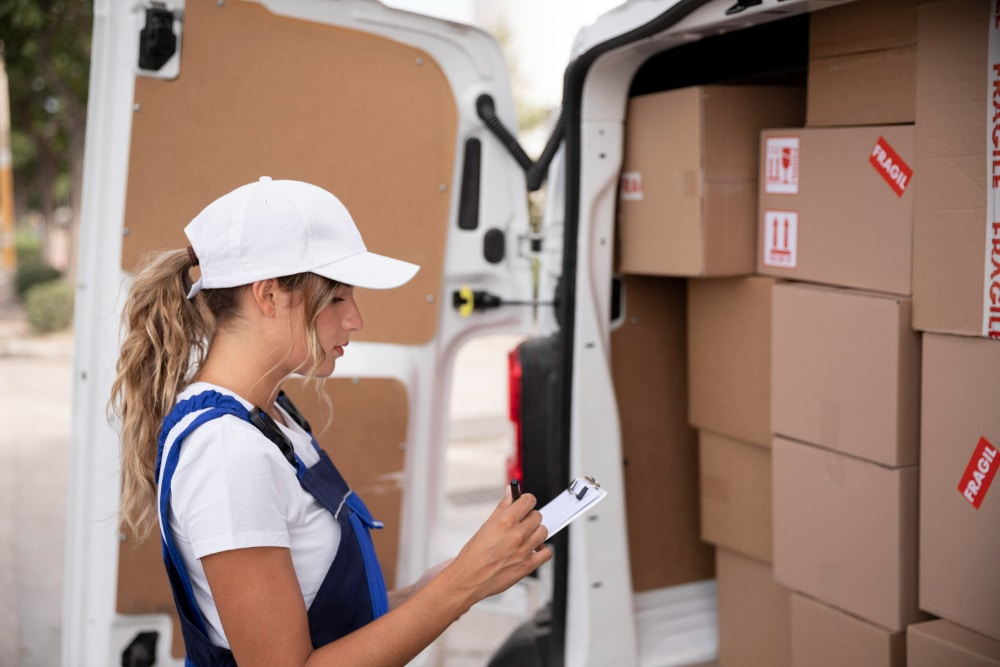
Mastering the Last Mile: Strategies for Success
While the last mile is notoriously difficult, businesses find creative ways to tackle its challenges. Here are a few key strategies that are helping companies stay competitive:
- Route Optimization Software: Using route optimization software like Detrack, businesses can plan the most efficient delivery routes, reducing time spent on the road and cutting fuel costs. These tools analyze real-time traffic data, weather conditions, and delivery locations to ensure drivers take the shortest and fastest routes. This can lead to a 20-30% reduction in delivery time and costs.
- Micro-Fulfillment Centers: Rather than relying solely on large, centralized warehouses, companies invest in micro-fulfillment centers closer to urban areas. These smaller hubs shorten the distance between the product and the customer, making it easier to fulfill same-day or one-hour delivery requests.
- Crowdsourced Delivery: Businesses are turning to crowdsourced delivery models like Uber or DoorDash to boost flexibility and reduce costs. Companies can scale their delivery operations without increasing overhead by partnering with local couriers or gig economy drivers.
- Smart Lockers and Pick-Up Points: To minimize failed deliveries, companies offer customers alternative delivery options, like picking up their orders from smart lockers or designated collection points. This reduces the number of second attempts and gives consumers more control over how and when they receive their packages.
- Sustainable Delivery Solutions: The growing focus on sustainability is pushing companies to explore eco-friendly last mile options. Electric vehicles, bicycle couriers, and carbon-neutral shipping methods are helping businesses reduce their environmental impact while meeting customer expectations for faster delivery. According to a report by Accenture, businesses that invest in green last mile delivery options could see up to 30% in cost savings by 2030.
Conclusion
Cracking the code of last mile deliveries requires a mix of innovation, technology, and strategic thinking. With high costs and higher customer expectations, businesses need to embrace new solutions like route optimization, crowdsourced delivery, and sustainable practices to stay ahead of the competition.
As we move into the future, companies that master the last mile will reduce costs and improve efficiency and deliver the seamless, fast, and reliable experiences that today’s consumers demand.

